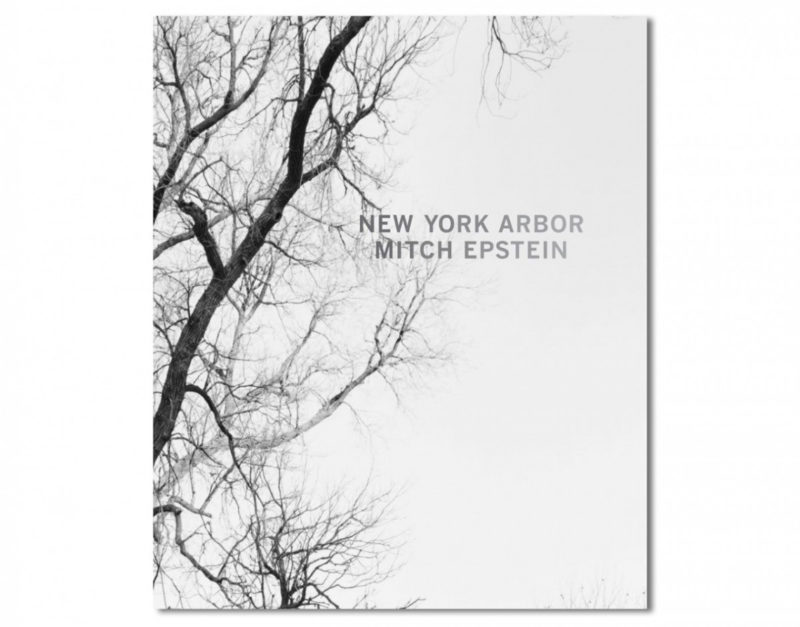“Mitch Epstein’s new work is a series of photographs of the idiosyncratic trees that inhabit New York City.” This is the first sentence on the publisher’s website that introduces New York Arbor. If you have ever been to an arboretum you might find that description peculiar (one of the things you do not want to miss if you ever find yourself in Boston is the Arnold Arboretum). There is nothing particularly idiosyncratic about the trees of New York City or any other city for that matter. All it takes to realize that is to have an actual look at a tree. Any tree will do. They’re easy to mistaken for somewhat unremarkable, big, usually green, lollipop-shaped plants. But when you step a little closer, there is a myriad of details to be encountered and enjoyed. Their overall shapes and structures vary greatly, as do the shapes and colours of their leaves. The same is true for their bark, their smells, …
To me, photographing the trees found in New York City thus seemed like a simple, yet wonderful idea. In a day and age where so many people’s eyes are glued to their smart phones while they walk around the city, in a day and age where so much photography seems more concerned with appearing clever than with being filled with meaning, photographing the trees of New York City brings back a beautiful simplicity that so much of contemporary photography has lost: This is, after all, what is to be gained from just looking, from keeping an open mind and from looking at what is around you.
Photographed with an 8×10 camera and black-and-white film over the course of many months, New York Arbor presents those various trees in a seasonal order, starting out with barren trees in the winter, then with trees growing leaves, trees filled with leaves, trees shedding their leaves, and finally back to more wintery trees. The book will not replace your visit to the arboretum. But putting them center stage, it highlights their natural beauty, a beauty that, in part, is caused by their lives, meaning the various alterations – man-made or otherwise – that might have occurred during their life times.
In the afterword, the photographer acknowledges his debt to those who came before him as, I suppose, is the right thing to do. What I think matters greatly, however, is to realize that while knowing your references is an inevitable task for any photographer, knowing about what drove the artists who came before you is a large part of that. And Epstein knows. New York Arbor is thus maybe not so much a book about trees that fits into a somewhat specific part of photography’s history, it is instead an artist’s expression of a deep appreciation for something – an appreciation shared with some of those who came before us, some who are still amongst us, and, it is to be hoped, with many of those who will come after us.
New York Arbor; photographs and essay by Mitch Epstein; 96 pages; Steidl; 2013
Ratings explained here.
